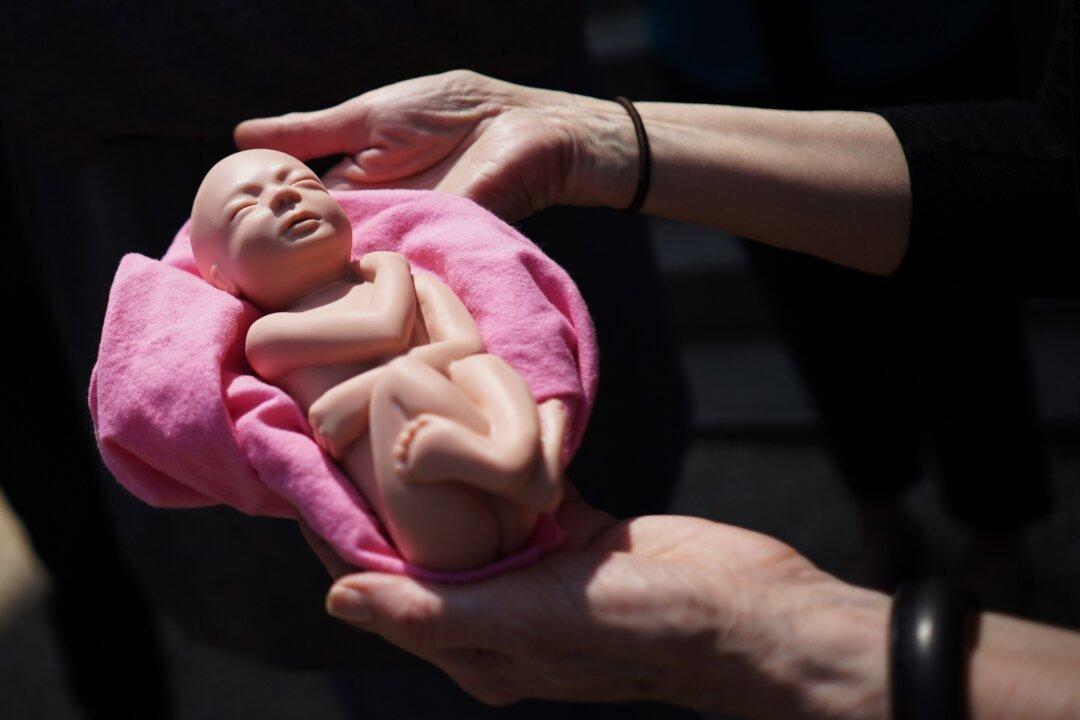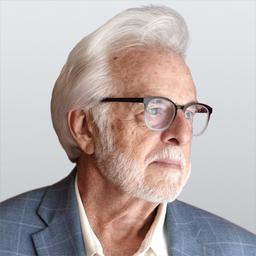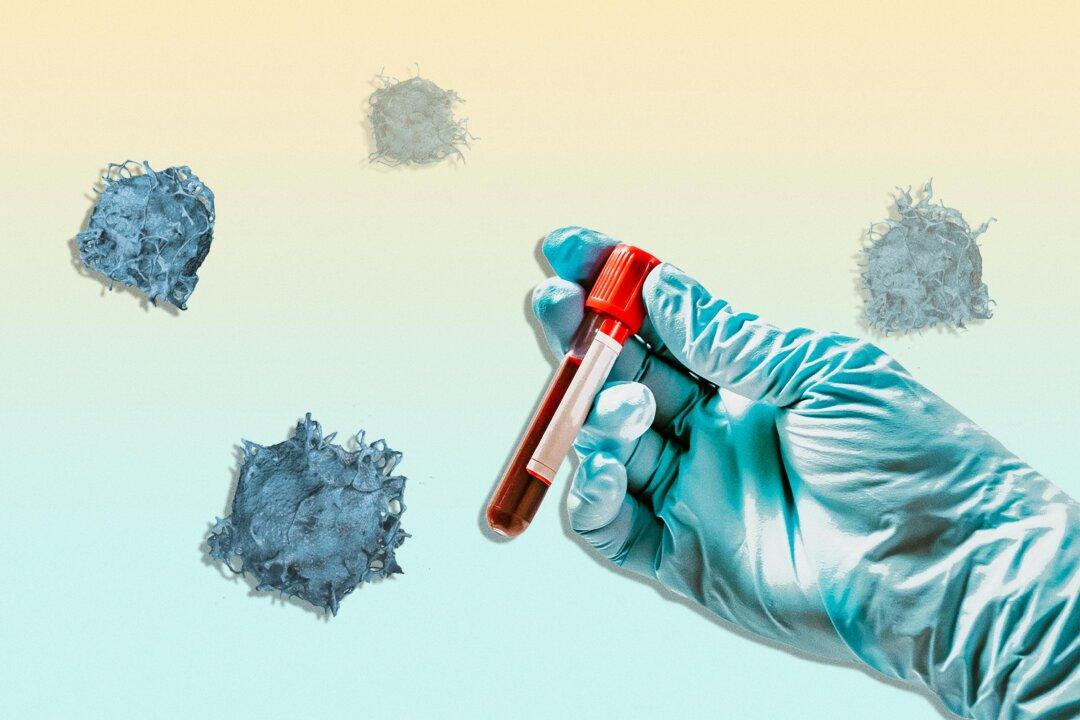Commentary
It’s often said that no right is absolute. But according to the World Health Organization (WHO), that maxim doesn’t apply to abortion. Its newly published “Abortion Care Guideline” is the most radically pro-abortion official document ever published (pdf).





